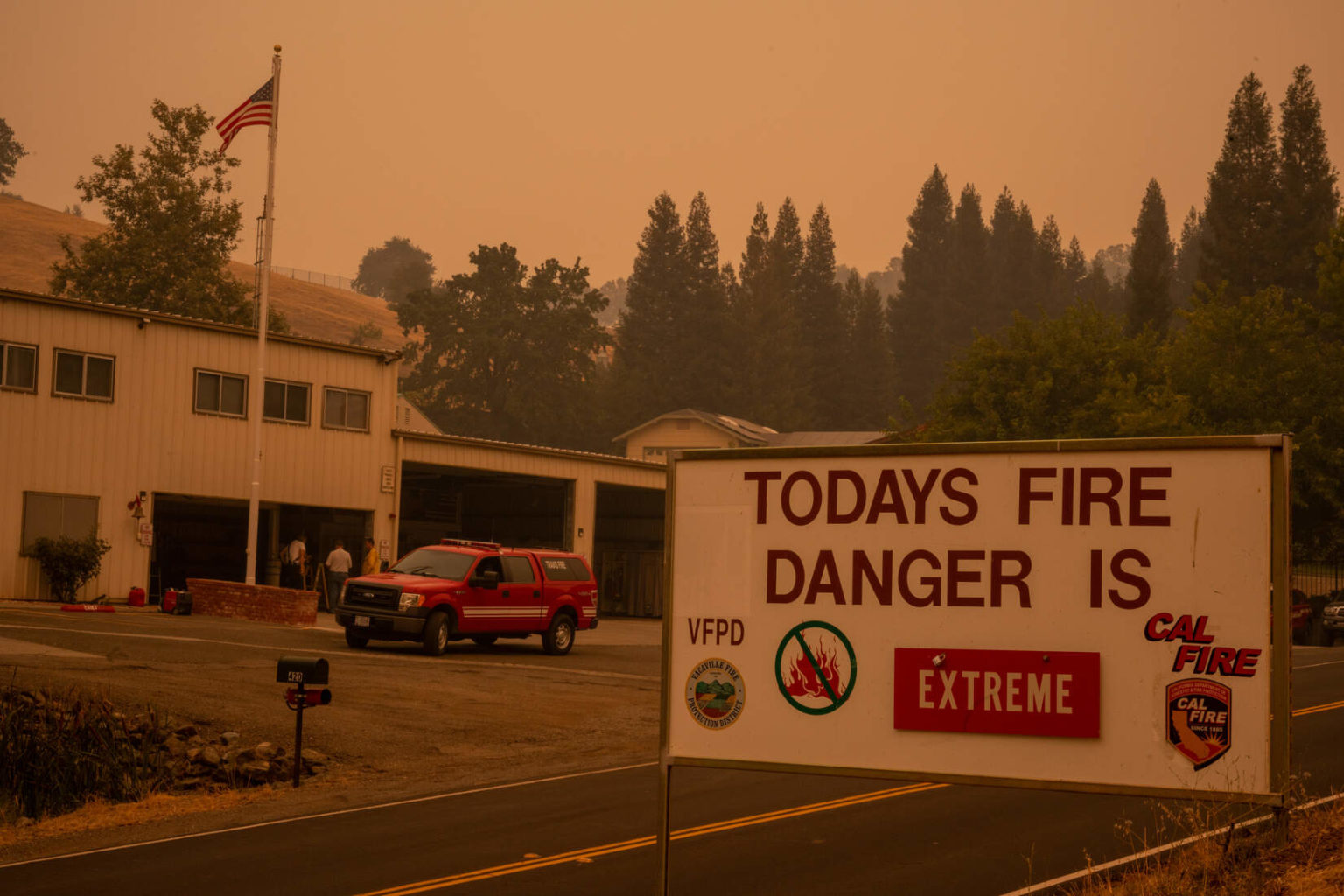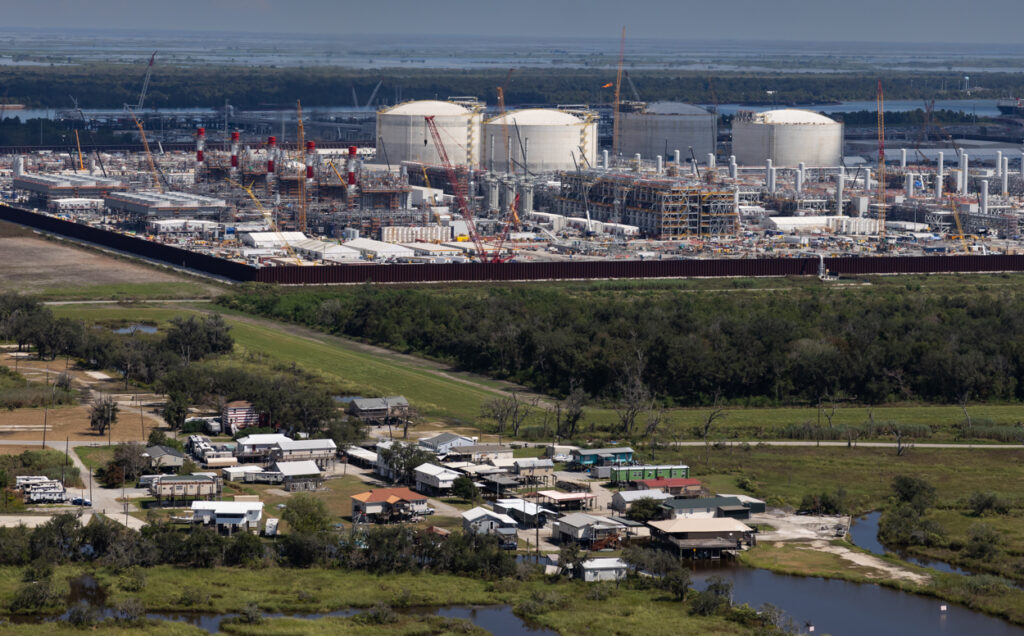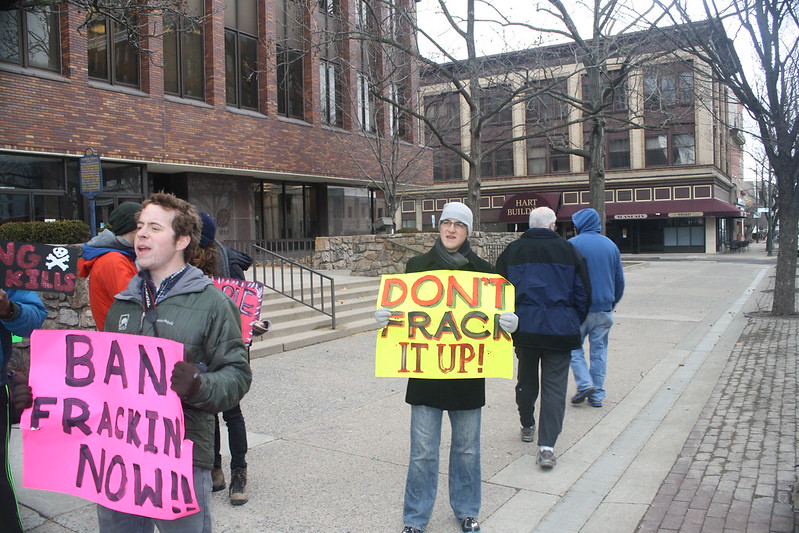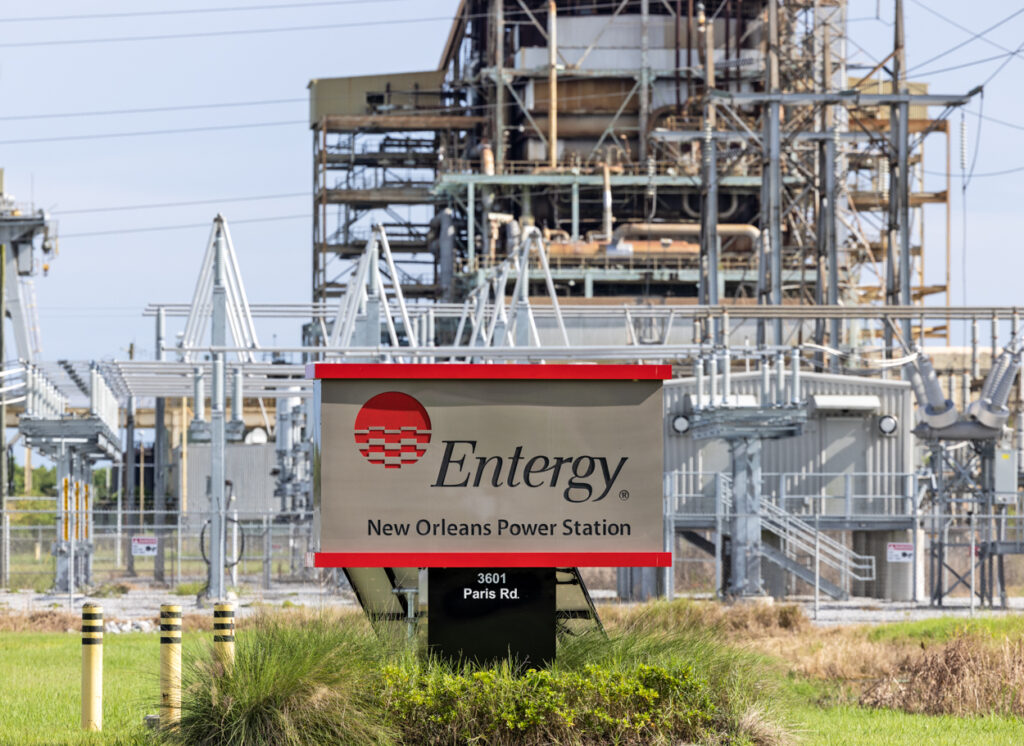By Karen Savage, Climate Docket. Originally published on Climate Docket.
Pennie Opal Plant spent much of last weekend anxiously scanning the horizon for smoke from California’s growing wildfires, packing and repacking treasured items into her car, and trying to decide which to bring if she needed to evacuate.
Plant, the co-founder of Idle No More SF Bay, a group led by Indigenous women dedicated to climate activism, is no stranger to climate-fueled disasters, including California’s growing wildfire crisis. But for the first time ever, Plant was preparing to flee from the flames at a moment’s notice. She has lived in her home in Richmond for more than 20 years.
She left once last year because of the smoke—Plant and her husband both have respiratory conditions — but this was different. This time she was afraid if they left, she’d never see her home again.
“I wanted to make sure that we all photographed everything, if we lose everything, here’s what we had, so proof for the insurance company,” Plant said.
Fortunately for Plant, her husband, daughter and grandson who live with her, the immediate threat — lightning embedded in the remnants of Hurricane Genevieve that could have sparked an inferno in the dry canyon below — never materialized.
But hundreds of thousands of Californians who have been forced to flee their homes haven’t been so lucky. A record-breaking heatwave, exceptionally dry conditions and lightning from a rare thunderstorm — all made worse by climate change and happening during the COVID-19 pandemic — have fueled some of California’s largest wildfires.
The economic costs associated with the 2020 fires are still unknown, but by all estimates, the amount spent by municipalities to contain the fires is staggering.
“And that’s not the total fire cost,” said fire ecologist Robert W. Gray, adding that wildfires cost far more than the taxpayers often realize because the costs don’t happen all at once.
“Colorado is still paying for the damages the Hayman Fire from 2002 did to its watershed — so the costs are really quite significant,” Gray said. “Infrastructure damages can occur up to a decade afterward because we’ve taken vegetation off the site, we have a significant rainfall event on a burn scar, and out comes the watershed.”
To recoup costs for wildfires and other climate change-related impacts, several California municipalities, including Plant’s hometown of Richmond, as well as the cities of Imperial Beach, and Santa Cruz, and the counties of Marin, San Mateo, and Santa Cruz have filed climate liability lawsuits against Chevron, Exxon, Shell, Citgo, ConocoPhillips, and dozens of other fossil fuel companies in 2017.
Nearly a dozen other municipalities across the country have filed similar suits, including San Francisco and Oakland; and the Colorado counties of Boulder and San Miguel and the city of Boulder, which filed suit against ExxonMobil and Suncor in 2018.
The specifics vary by municipality, but all accuse the companies of multiple state law violations, including violations of state public nuisance laws. They allege the companies have known for decades that their products cause climate change but deliberately hid the truth from the public to protect their profits.
The cities and counties reeling under the impacts of climate change are seeking compensation for climate-related damages and for mitigation needed to protect their communities from wildfires and other future harms, including sea level rise, flooding, rising temperatures, extreme storms, and a host of other climate impacts.
Urgency Grows More Obvious
The fires currently scorching California and Colorado are the most obvious signals that the impacts of climate change are already tangible, deadly and costly. While major media coverage rarely mentions climate’s role in the worsening wildfires, scientists have no doubt.
Rising temperatures result in earlier snowmelt. The earlier the snow melts, the earlier the ground dries, which in turn dries the forests and vegetation that fuel fires. Higher temperatures increase evaporation, exacerbating the problem.
In the western U.S., climate change is responsible for more than half of the increasingly dry and flammable vegetation since the 1970s and has doubled the total area impacted by wildfires since 1984.
“We have longer fire seasons now, so we’re staying hotter, dryer longer into the year,” Gray said. “In the western U.S., the fire season has grown by about 90 days now — certainly California seems to be almost year around now.”
Drier fuels burn hotter and are harder to put out, meaning municipalities must devote more resources into putting them out. As the season lengthens, firefighters grow tired and fewer resources are available, which makes them particularly dangerous, Gray explained.
Warmer nighttime temperatures are also making the fires more dangerous.
“Twenty, thirty years ago, you had kind of nine-hour burning periods during the day, but now–because you don’t get any temperature and [relative humidity] recovery — you’re getting 12, 13-hour burning periods each day,” Gray said. “These are all pretty much attributed to that increase in temperature in the atmosphere, all due to climate change.”
Even if the world were to shift away from all fossil fuels today, it would take decades for the threat of wildfires to subside. In the meantime, municipalities are faced with the daunting task of mitigating that threat to protect their residents.
For individuals, that means incorporating fire and ember-resistant construction materials, using landscaping that is less conducive to the spread of fires and other measures.
For municipalities, that means carefully managing public infrastructure, as well as limiting the amount of fuel available to fires by conducting small, low-intensity controlled burns and removing dry vegetation and woody material, Gray explained.
In short, it requires money, which is in short supply for municipalities struggling to contain both current wildfires and the spread of COVID-19.
Dangerous Air
The dangers also lie beyond the path of the fires themselves.
This year Boulder County has had more than 40 “Ozone Action Days,” indicating low air quality that can put residents’ health at risk.
Alarming spikes in the county’s ground-level ozone readings over the past month have been attributed to “smoke waves” containing fine particulates from nearby wildfires, combined with emissions from the burning of fossil fuels.
“A mixture of air pollution from the use of fossil fuels during activities such as driving, heating and cooling, electricity generation, and manufacturing — in addition to emissions from oil and gas production — contribute to the high ozone levels we’re seeing now,” Collin Tomb, the air quality team lead at Boulder County Public Health said in a statement.
Cindy Copeland, an air quality specialist at Boulder County Public Health echoed what Gray, other fire experts and climate scientists have been warning the public for years; climate change is creating a “new normal.”
“Because of climate change, wildfires are becoming more part and parcel of daily life in Colorado during the summer and shouldn’t be discounted as exceptional events,” Copeland said.
Even alone, fine particulates can cause burning eyes, runny nose, and bronchitis. They are especially hazardous to seniors, children and residents with respiratory issues.
Back in California, Andres Soto, a community organizer in Richmond, Calif. with the environmental advocacy group Communities for a Better Environment, is concerned because that overlaps with those who are most vulnerable to COVID-19.
“A lot of people were distributing masks during the past fire experiences, especially N95’s,” Soto said, adding that effective masks are in short supply this year, leaving community members unprotected.
“We know from the analysis that most of this is fine particulate matter of combusted materials, particularly trees and grasses, but that’s not all—when houses burn, when vehicles burn, when gas line burst, there’s all types of hydrocarbons and other dangerous chemicals,” Soto said.
Cindy Copeland, an air quality specialist at Boulder County Public Health, said experts and climate scientists have been ringing this alarm bell for years.
“Because of climate change, wildfires are becoming more part and parcel of daily life in Colorado during the summer and shouldn’t be discounted as exceptional events,” Copeland said.
Compensation for Harm
Left to pay the bills for these disasters and their public health impacts, communities have begun targeting the industry that overwhelmingly has driven global warming: the fossil fuel industry. The lawsuits began in earnest in 2017 and now number more than 20. A few have suffered judicial setbacks, but most are proceeding in state courts where they were filed.
The companies have tried repeatedly to get the suits dismissed by arguing the suits belong in federal court, where they have been more successful in winning them in the past. So far, the various federal circuits have rejected those efforts, but the companies continue to file appeals and motions to halt the suits.
While the Colorado suit is currently proceeding in state court, suits filed by Richmond, Imperial Beach, and Santa Cruz, and the counties of Marin, San Mateo, and Santa Cruz are on hold awaiting an attempt by the oil giants to convince the U.S. Supreme Court to weigh in.
That fossil fuel companies have gone to such lengths to avoid responsibility for their role in climate change comes as no surprise to Isabella Zizi, a 23-year-old member of Idle No More SF Bay and a member of the Northern Cheyenne, Arikara and Muscogee Creek Nations.
“Business as usual has continued through the pandemic, and it continues through the wildfires,” said Zizi, who was motivated to become a climate activist after Chevron’s Richmond refinery exploded in 2012, with thousands in her community needing medical treatment for respiratory issues.
“I not only have to deal with the pollution of the fossil industry, but I also have to deal with the pollution of the wildfire,” Ziza said, adding that she’s suffered from headaches and sinus problems from the fires.
“The fossil fuel industry is one of the key industries that has played a huge role in climate change — Exxon knew that back in the 1960s, they knew that if they continued business as usual, that it will indeed cause a major decline of our climate and they continued,” Zizi said.
The reaction of the fossil fuel companies’ to the lawsuits shows the mindset of their executives and corporate management teams, according to Plant.
“They have serious problems,” Plant said. “Who in their right mind would do anything that destroyed the future for their own children’s children’s children?”
Main image: Sign warning of extreme fire danger on August 20, 2020 in Vacaville, California, during the LNU Lightning Complex Fire, a cluster of fires that forced tens of thousands of people to evacuate their homes. Credit: U.S. Air Force/Nicholas Pilch, public domain
Subscribe to our newsletter
Stay up to date with DeSmog news and alerts







